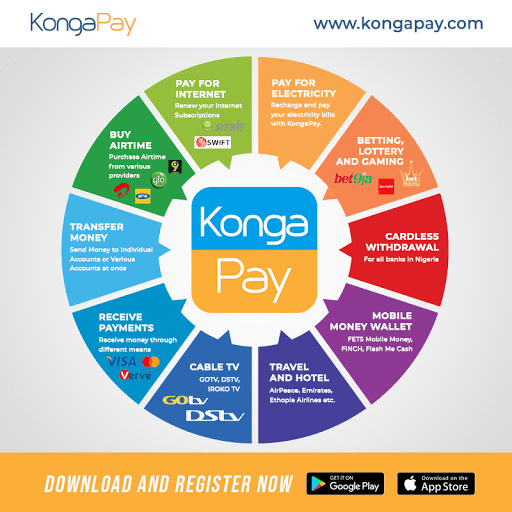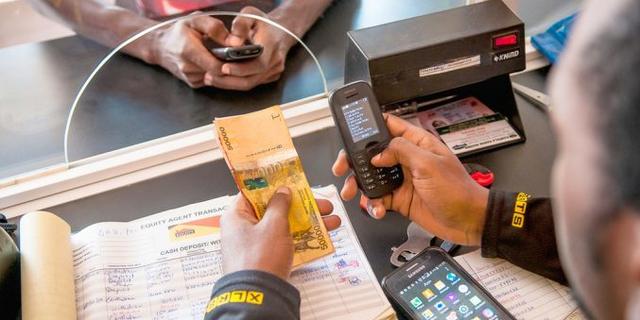How Nigeria’s Blockradar is Powering Emerging Market Fintechs with Stablecoin Wallet Infrastructure

Blockradar in Nigeria offers fintechs, especially those operating in emerging areas, stablecoin wallet infrastructure.
In the second part of 2024, Abdulfatai Suleiman began working on Blockradar with the goal of creating the infrastructure that made stablecoins simple to integrate, useable, and programmable straight into an existing tech stack—something he wished he had when he was running his former business, Lazerpay.
Through a single API, our platform enables companies to send and receive stablecoins like USDC and USDT, programmatically issue wallets, track transactions, conduct AML checks, and manage treasury flows. Fintechs can incorporate stablecoin rails without having to start from scratch with blockchain infrastructure because we’re designed for speed, ease of use, and regulatory compliance,” Suleiman told Disrupt Africa.
The Blockradar team noticed that most fintechs had trouble integrating stablecoins, despite the fact that demand for them was skyrocketing in Southeast Asia, Latin America, and Africa.
“Mobile-first, regulated fintechs cannot use MetaMask or self-custody wallets. Additionally, the majority of wallet infrastructure providers target big institutions or custodians rather than developing market builders. Offering programmable, non-custodial wallets with integrated Treasury Management, AML, and a developer-friendly API, we occupy the middle ground. We prioritize usability, compliance, and speed to market for real-world fintechs, in contrast to others,” Suleiman stated.
Blockradar, which is currently bootstrapping, just took first place in the Crypto Valley Conference pitch competition in Switzerland and is in the process of securing soft investor commitments.
“We currently serve over 100 fintech clients in eight countries and have processed over $100M in onchain stablecoin volume,” Suleiman stated.
Over 40,000 wallets have been distributed, and we process millions of stablecoins per week. Neobanks, gig economy apps, and cross-border payment platforms are some of our early adopters. Clients pick us because we enable stablecoin rails to be launched in a matter of days rather than the months it would take to construct do-it-yourself solutions or design embedded wallets and wallet SDKs.
Blockradar serves users worldwide, with the exception of nations that have been sanctioned by OFAC.
“We serve customers across Africa, Latin America, and Europe. We’re expanding wallet support to include local stablecoins like cNGN, and we’re onboarding fiat on and off-ramp partners to support local cash-in and cash-out. We’re also deepening L1 and L2 ecosystem partnerships to extend our infrastructure across more chains,” said Suleiman.
The startup uses a subscription-based model, and customers pay monthly based on usage, including wallet issuance and transaction volume.
“We provide a variety of plans, ranging from enterprise to free. We’re reinvesting everything in infrastructure and growth right now,” Suleiman stated.
Scaling our infrastructure to accommodate the anticipated demand for the launch was one of the most difficult tasks. Early on, we had a system that functioned effectively, but as we expanded, we realized we needed to re-architect important parts to manage large traffic. To ensure low latency under stress while maintaining a seamless user experience, we strengthened the system, added fallback mechanisms, and optimized resource management.







